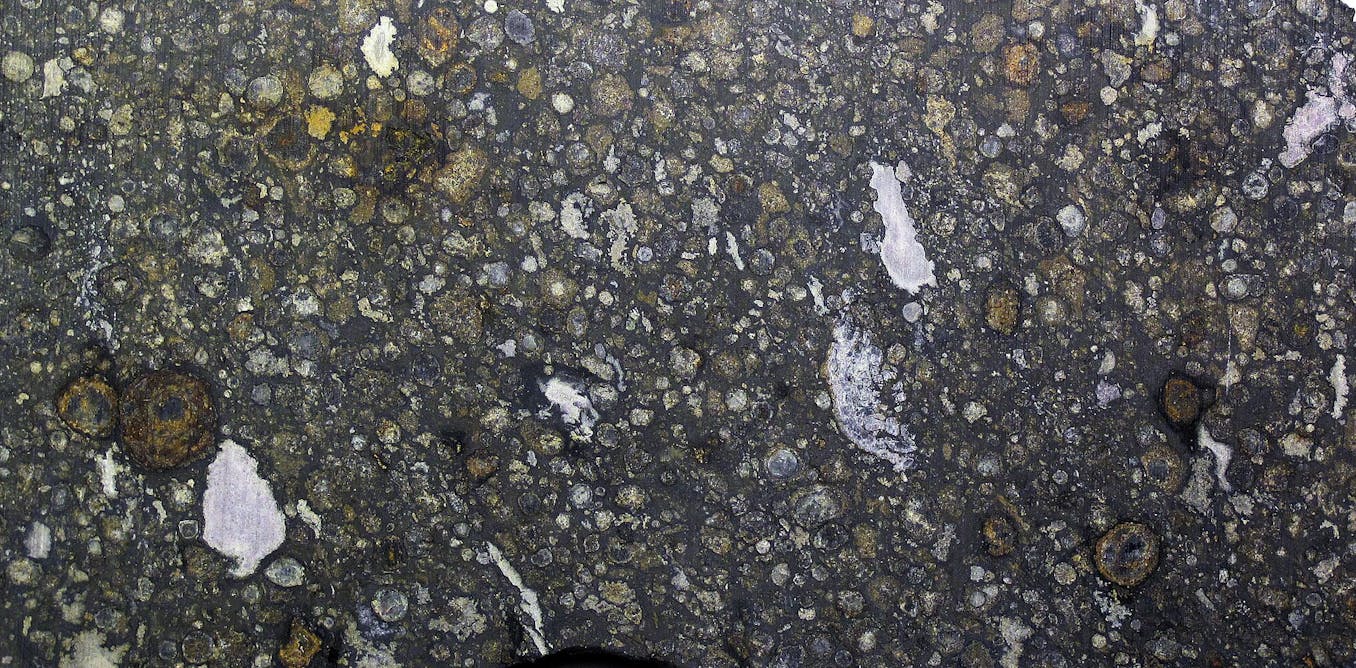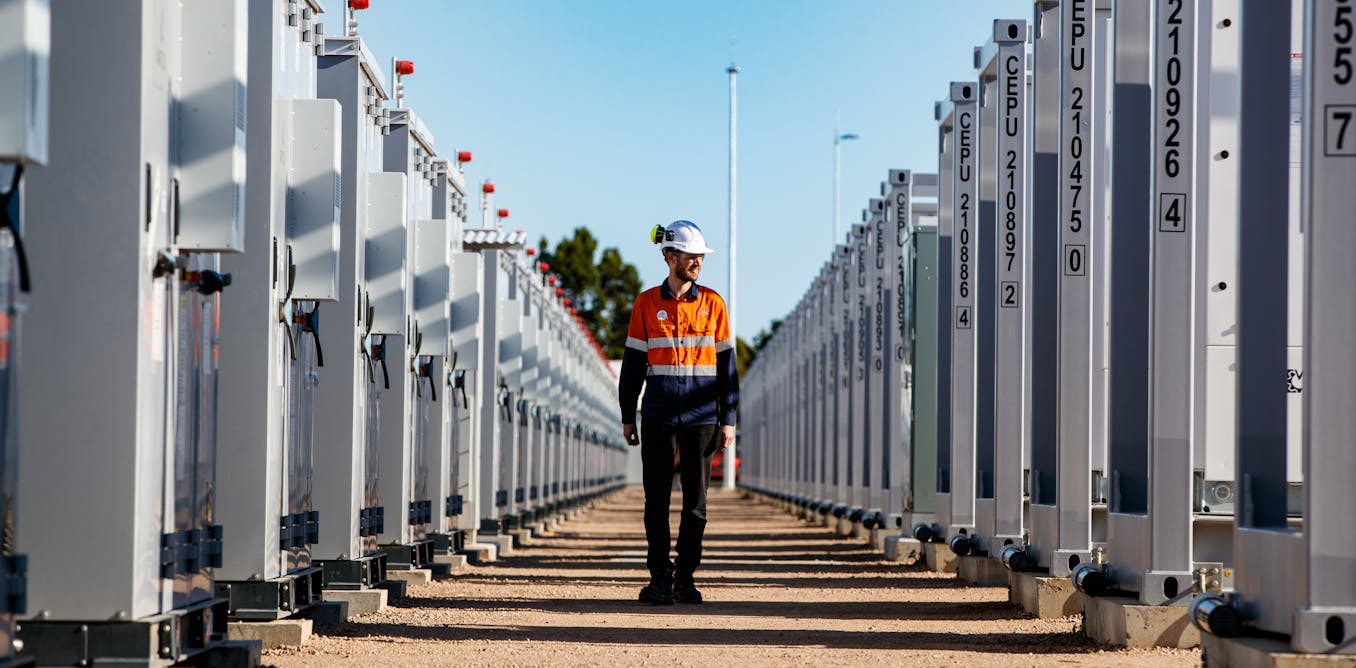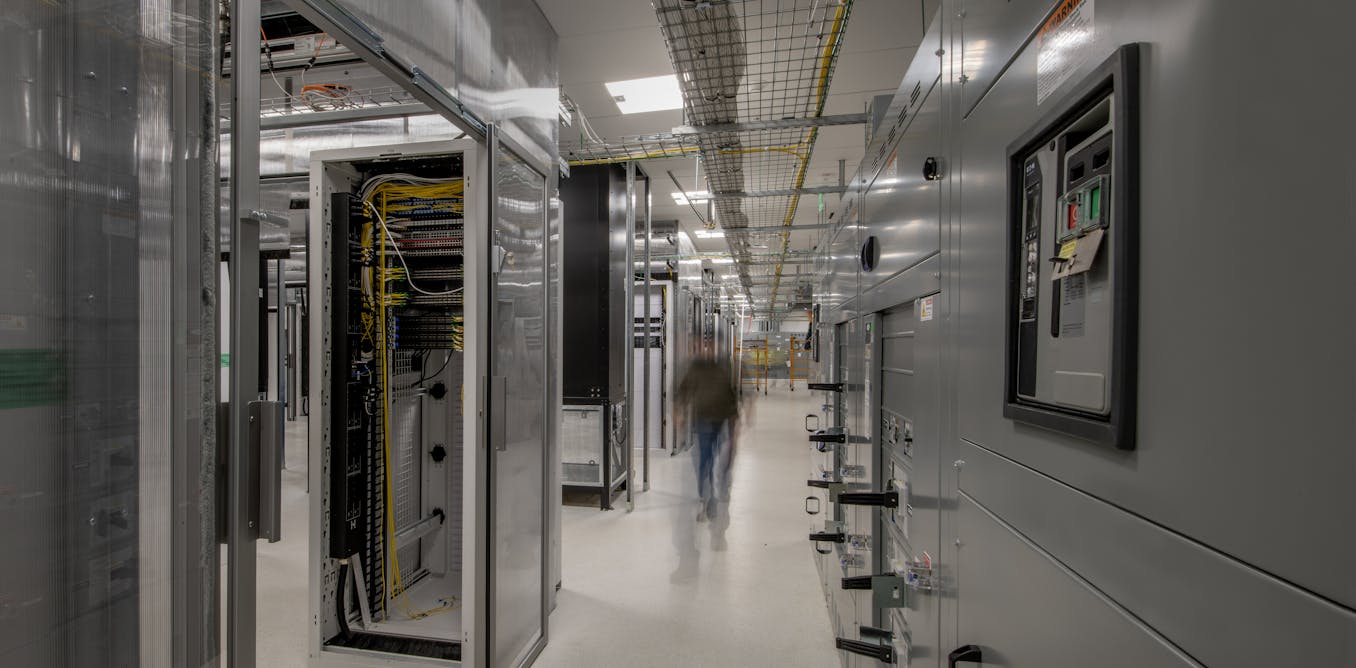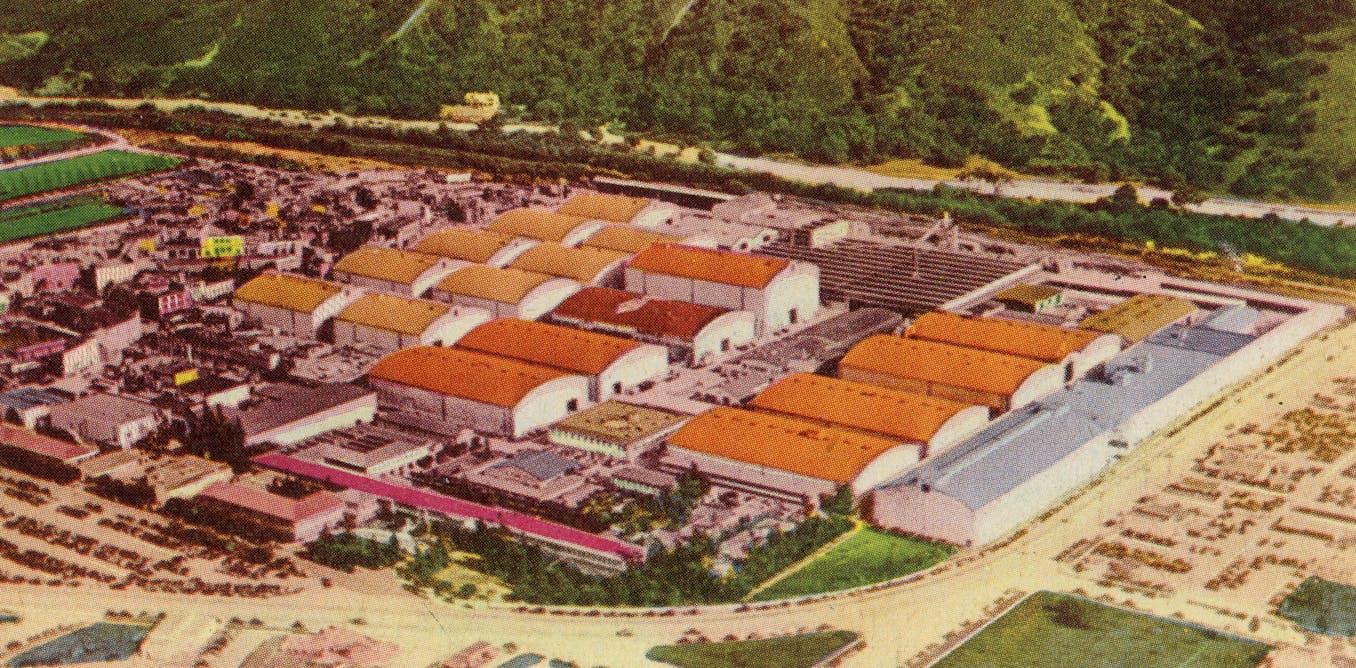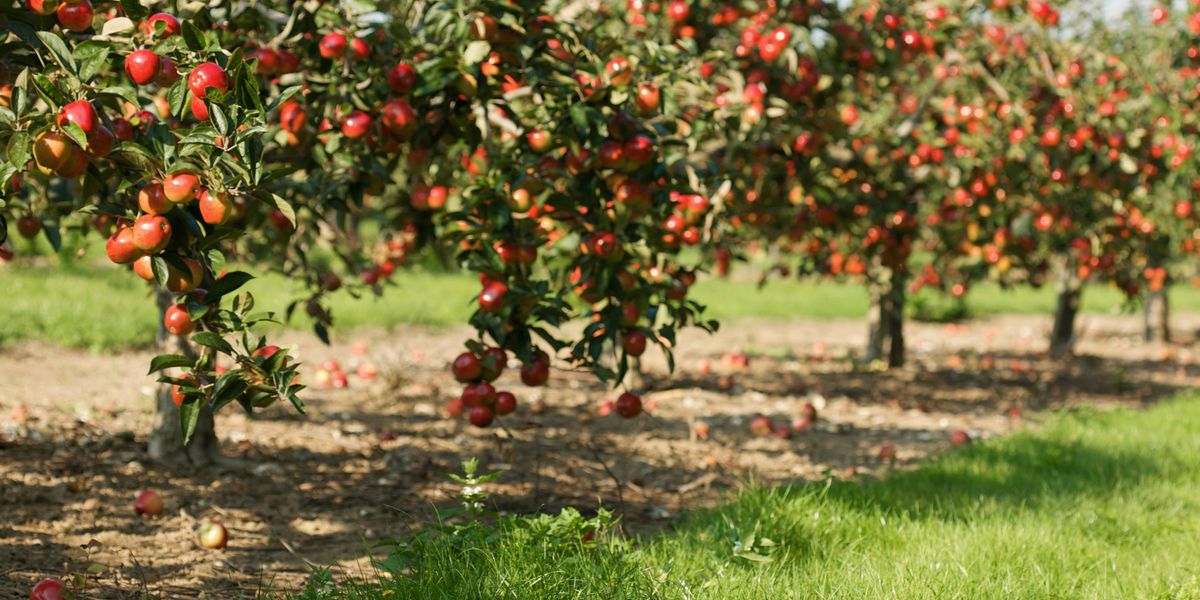This article is part of our exclusive IEEE Journal Watch series in partnership with IEEE Xplore.
As climate change causes many regions of the world to dry up, smart agriculture is one means to adapt to the crisis, and make every last drop of water count. To support this effort, a group of researchers in Italy have created a wearable, low-cost sensor for plants that monitors their water levels, and which is powered via solar energy and electrical energy from microbes in the soil. The sensor is described in a study published in the December issue of the journal IEEE Transactions on AgriFood Electronics.
Umberto Garlando, an assistant professor at the Polytechnic University of Turin in Italy, was involved in the study. He notes that agriculture consumes a considerable amount of water. “Looking directly at the plants to estimate the water needs in agriculture could lead to water savings and a better use of this resource,” he explains, noting this could increase yield and facilitate better food security for everyone.
Therefore, his team set about creating their small, low-cost sensor that is connected directly to the stem of a crop with stainless steel needles just 0.4 millimeters long, acting as electrodes. The sensor measures the electrical impedance of the plant stem, which indirectly measures moisture in the plant based on ions and conductivity. More conductivity along the stem indicates that the plant is better watered.
The sensor has a miniature solar panel for energy harvesting and a supercapacitor for energy storage, which Garlando says are enough to power the device and support continuous operation. The data is transmitted down the stem of the plant as an electrical signal to a receiver placed in the soil. The receiver, which is powered by a Plant Microbial Fuel Cell (PMFC) that extracts energy from the electrical signals of microbes in the soil, reads the signal frequency, and then transmits the data to a remote site for processing and analysis.
Measuring electrical impedance at the plant stem, a device transmits data to a receiver placed at the base of the plant—which infers water levbels and needs of the plant.Umberto Garlando
The researchers first tested their sensor in tobacco plants in a controlled environment, where the sensor’s impedance measurements were confirmed using standard laboratory equipment. Garlando says results suggested the sensor can use electrical impendence to infer the water potential of the plant with 85 percent accuracy. After initial validation of the method, Garlando’s team moved the sensor to apple trees for a nearly year-long test in the field, where he says the sensor’s readings clearly correlated with times of water scarcity.
He notes a lot of advantages of this sensor, including its small dimensions, low power consumption, low cost, wireless capability, and ability to directly monitor plants in the field. “Furthermore, thanks to the flexibility of the designed sensor, it is possible to adapt it…
Read full article: Crop Health Sensor Runs on Solar, Microbe Power
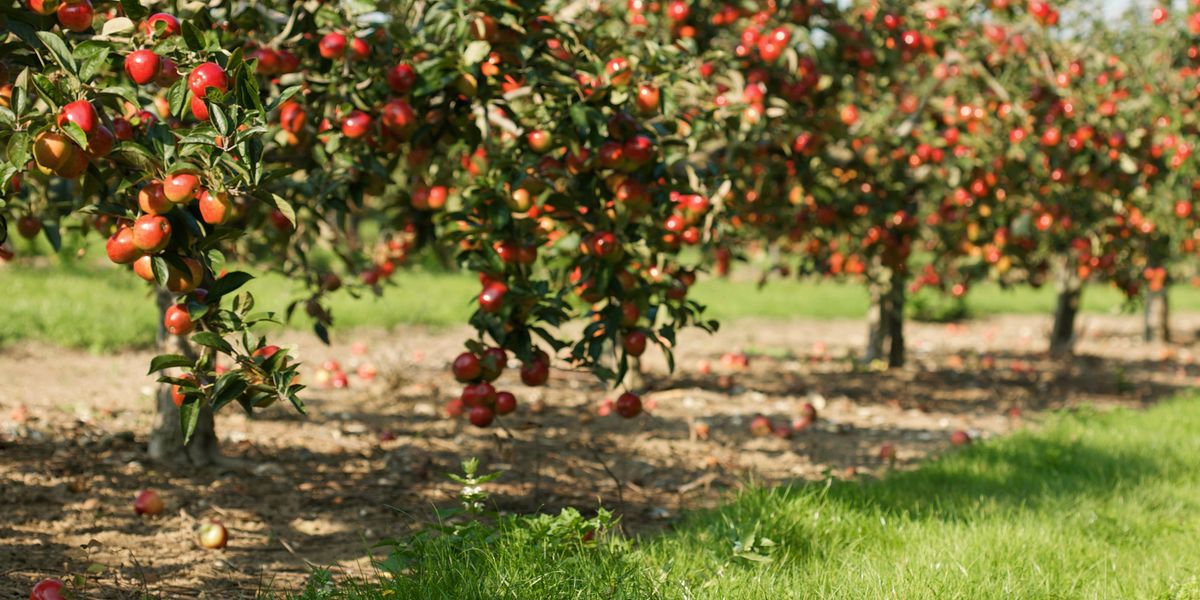
The post “Crop Health Sensor Runs on Solar, Microbe Power” by Michelle Hampson was published on 01/17/2024 by spectrum.ieee.org





